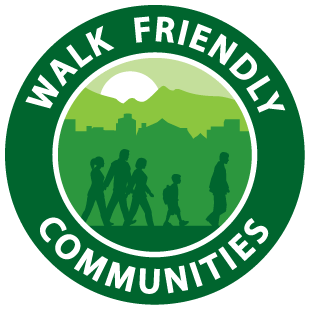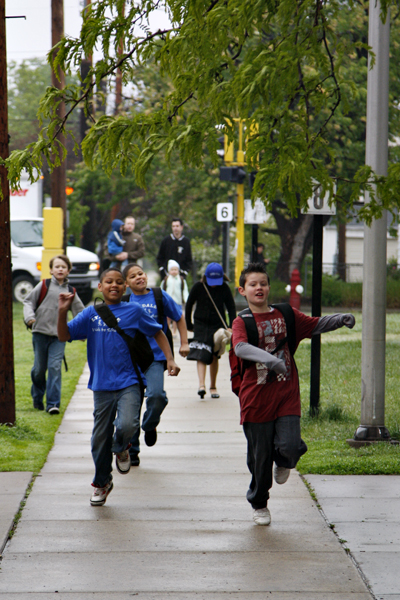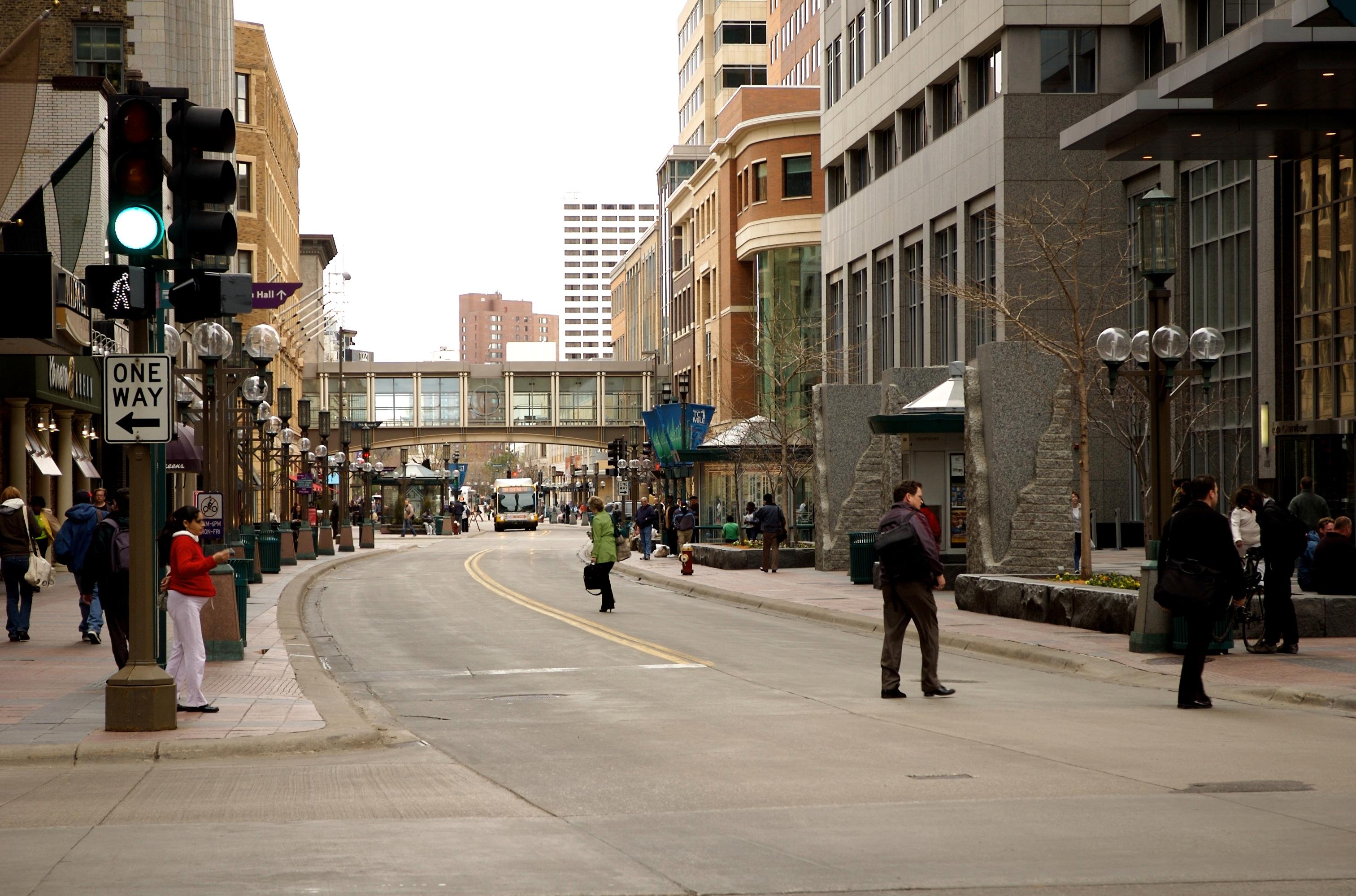Community Highlights
Minneapolis is designated as a Gold-level community due to the city’s excellent planning policies, high level of staff commitment to pedestrian safety, and pedestrian campaigns and events. Highlights of Minneapolis’s application include:
- The City of Minneapolis has embarked on several initiatives to improve pedestrian safety throughout the city. The Transportation Action Plan (2020), Complete Streets Policy Update (2021), ADA Transition Plan Update (2020 and 2022), Vision Zero Action Plan (2019) and Street Design Guide (2021) all work towards creating safer, more equitable, and more walkable, bikeable, and transit-friendly communities.
- In 2021. Minneapolis completed an Automated Enforcement Study focusing on informing the City’s work around state enabling legislation for automated enforcement cameras.
- In 2020, Minneapolis create the ADA Transition Plan for Public Works, which was updated in 2022. The plan details ways to make the City more accessible to community members with disabilities.
- Minneapolis adopted its Vision Zero Action Plan in 2019, with the goal of eliminating traffic deaths and severe injuries on City streets by 2027. The City created a capital program to install low-cost safety improvements to reduce crashes and encourage safer driving behaviors.
- In 2019, Minneapolis launched a mobility hub pilot program to increase access to convenient, low or no carbon transportation options, including transit, shared scooters, and Nice Ride bicycles.
- The City has invested in MioVision software, which enables the City to collect detailed pedestrian, bicycle, transit, truck, and vehicle counts at signalized intersections. Previously, the City relied primarily on manual count data.
- Minneapolis has a large number of staff dedicated to pedestrian issues. Through partnerships across the City, Minneapolis has a multitude of opportunities for pedestrian issues to be addressed.
- Minneapolis’s extensive sidewalk network is an example of how the City is devoted to providing pedestrian facilities. Over 80 percent of streets have sidewalks on both sides of the street. The City’s Sidewalk Inspections Office conducts an annual sidewalk and curb ramp repair program that replaces defective sidewalks and curb ramps on a regular basis.
- Minneapolis has a number of pedestrian-oriented campaigns and events to educate and encourage residents to walk, including Safe Routes, BikeWalkMove, and Open Streets MPLS. The pedestrian street lighting in Minneapolis provides a safe walking environment for pedestrians when visibility is limited. Nearly all arterial and non-arterial streets have lighting on one or both sides of the streets making walking at night safer.
- Minneapolis’s parking standards work towards creating a more pedestrian friendly environment. All zoning districts in Minneapolis have maximum parking standards and no minimum parking standards. Ground floor parking garages must have commercial, residential, office, or hotel uses between the parking garage and public sidewalks to foster a better walking environment.
- The crosswalk practices in Minneapolis are indicative of the City’s push for a safe walking environment. All marked midblock crosswalks have overhead flashing beacons and use high visibility striping. Marked crosswalks are provided at all signalized intersections throughout the City.



